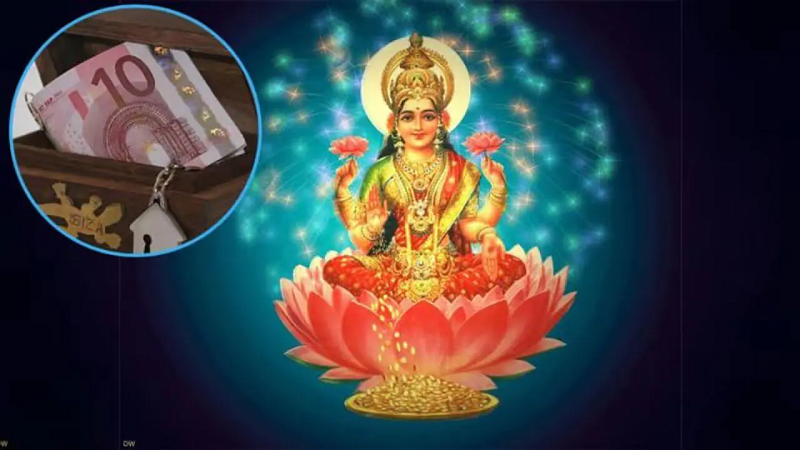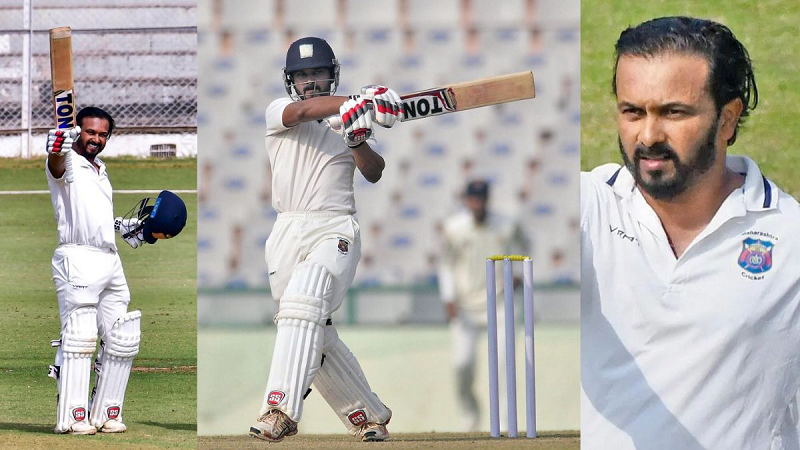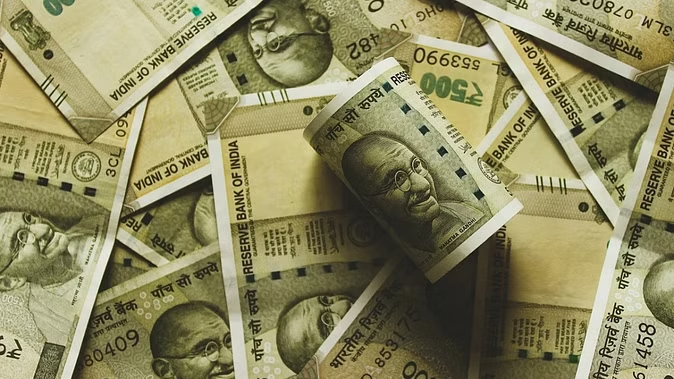Ayodhya King Prabhu Shri Ram, an incarnation of Lord Vishnu, is considered an ideal son, brother, husband, and king. For this reason, he is called Purushottam Ram. Not only this, the image of Ram is also said to be very beautiful and charming. Whoever sees them once, gets lost in their form and remains theirs. Even today, after ages, the description of his image that we have heard has retained his blurred form in our minds.

However, do you know how Shri Ram looked in human form? What were their eyes, mouth, hair, and voice like? Archers can imagine the form of Ram but in Ramayana, sage Valmiki has described the human form of Lord Ram, reading which the blurred image of him in the mind will become completely clear. 28th October is the birth anniversary of sage Valmiki. Tell children the story of Shri Ram, tell them about sage Valmiki, and explain how Lord Ram looked like according to Valmiki Ramayana. Let us know from the eyes of Sage Valmiki how Lord Shri Ram looked.
Head and hair
One name of Lord Shri Ram is Trishirshvan. In Ramayana, the meaning of Trishirshvan is described as having three coverings on the head, i.e. having three characteristics. Apart from this, according to Valmiki Ramayana, Shri Ram's hair was long and thick.
Mouth and eyes
Lord Ram's face is said to be very vigorous and soft. The beauty of Shri Ram is described in Valmiki Ramayana. Valmiki ji used the word Shubhanan for the beauty of Ram. He was gentle and beautiful. His face has been compared to Chandra Jyotsna and Bal Chandra.
Sage Valmiki compared Shri Ram's eyes to a lotus. Ram Ji's eyes were huge like lotuses. The copper color of the corners of the eyes is expressed as Tamraksh and Lohitash.
Nose and ears
In Valmiki Ramayana, Lord Rama has been described as having Mahanasika. This means an advanced and long nostril. The words Chaturdashsamdvand and Dashavruhat have been used for Ram's ears. This means that the ears are even and big. Valmiki has also used auspicious earrings for his ears.
Hands and feet
It is said that on the thumb of Lord Ramchandra's hand, there was a line indicating the attainment of all four Vedas, due to which he is called Chatushphalak. Chaturdash Samadvandva and Dashapadam analysis have been used for the feet of Ram, that is, the feet of Shri Ram have been described as equal and lotus-like.
(PC: Social media)










